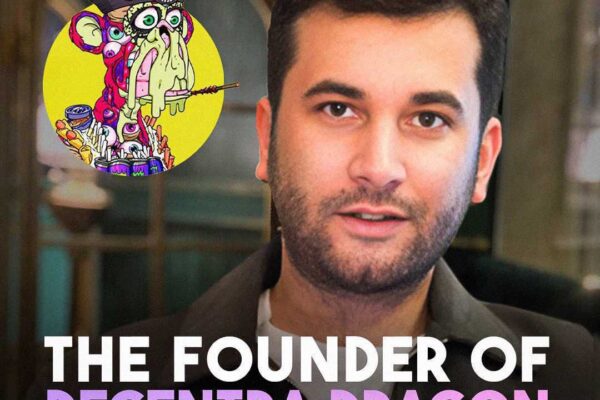In 2021, the metaverse and play-to-earn gaming were touted as the future, with leaders like The Sandbox, Decentraland, and Axie Infinity reaching billions in market cap. Fast forward to 2023, and these once high-flying Web3 tokens have seen their values crater amidst crypto’s harsh bear market.
For many who bought into the vision of an immersive virtual future, losses have been staggering. The concepts now face renewed skepticism. However, resilient believers see potential in buying low ahead of an eventual rebound.
Let’s analyze how the great metaverse meltdown unfolded and where innovators aim to rebuild from the wreckage.
The Meteoric Rise of Web3 Gaming in Crypto’s Bull Market
As crypto markets boomed in 2021, the metaverse and play-to-earn gaming surged in parallel. By November 2021, major tokens like SAND, MANA, AXS, and ENJ would have a combined market cap exceeding $16 billion.
Massive returns lured capital and developers. Venture funding for metaverse startups hit $120 billion that year. Facebook rebranded itself as Meta, embracing virtual worlds. The vision of immersive digital ownership powered by blockchain took hold.
However, the concepts were largely untested at scale. As speculation peaked, some industry voices urged caution around stretched valuations. But the fear of missing out won out.
The Spiraling Decline of Metaverse Tokens as Crypto Crashed
In 2022, the crypto bull market decisively ended. Risk assets plunged, and highly speculative sectors like metaverse projects fell hardest.
By September 2022, the combined market cap of leading gaming tokens sat at just $1.23 billion, a staggering 92% decline from all-time highs. Criticisms around lax security, volatility, and a lack of ready-use cases that once rang hollow now seemed prescient. Investor enthusiasm dried up.
For example, 99% of Axie Infinity holders suffered losses. The difficulties of sustaining play-to-earn economies and token values during downturns were exposed.
Tech Giants Fail to Reverse the Tide of Pessimism
Seeing an opportunity, tech firms like Meta and Microsoft boosted metaverse development, hoping to buy low. But sentiment continued to worsen.
After spending billions on its metaverse pivot, Meta announced cost cuts, deprioritizing investments. Even Apple’s high-end VR headset unveiling failed to reinvigorate interest in virtual worlds.
These challenges indicate more foundational work is required to unlock mainstream metaverse adoption at scale. The space likely expanded too quickly amidst crypto’s hype cycle.

Cautious Optimism for a New Cycle of Web3 Gaming Innovation
For original metaverse pioneers, hopes remain for a fresh growth cycle as adoption gradually improves. Gaming startups continue building and launching play-to-earn models and virtual worlds.
And lower asset values present a possible buying opportunity for long-term believers. The vision retains potential, but irrational exuberance is being tempered by reality.
While the metaverse winter still grips markets, its thaw may eventually come. The building blocks and lessons of this first wave could lead to renewed momentum for 2.0 innovations.
But avoiding past pitfalls around hype and security is crucial. Though humbled, virtual gaming still offers avenues to reimagine engagement and ownership. The metaverse revolution faces setbacks, but the decentralized future is never a straight line.

This information is published by the NFT News media team.











